Recently, the State Administration of Cultural Heritage held a National Conference of Directors of Cultural Relics and announced that in 2022, our country will systematically implement 254 active archaeological excavations, and 1,157 infrastructure archaeological projects will also be carried out in a timely and efficient manner. cultural history, five thousand years of civilization history. Remaining scenic spots in the mountains and rivers, the past and the present, let us review the major archaeological discoveries in 2022.
From Stone Age to Civilization Zhaoxing Archaeological Discovery China
First of all, spanning millions of years, let’s look at the magnificent picture of the evolution from the origin of human beings to the rise of civilization on the land of China.
On December 3, 2022, during a new round of archaeological excavations at the Liangzi site of Shiyan Academy in Hubei, the ancient human skull fossil of “Yunxianren” No. 3 was unearthed. Because it is expected to provide a new key evidence for the study of human origin and evolution, archaeologists strive to be foolproof in its excavation. Modern medical equipment such as endoscopes and wind engraving pens have become standard equipment. From discovery to extraction, It lasted for half a year.
Gao Xing, leader of the archaeological expert working group at Xuetang Liangzi site:The “Yunxian Man” No. 3 skull is the most complete skull in the Eurasian inland millions of years ago. Studying the amount of human brain at that time, it can provide very accurate data.
Previous archeology has discovered Yuanmou Man from 1.7 million years ago, Lantian Man from 1.6 to 1.2 million years ago, and Peking Man from 800,000 years ago. The “Yunxian Man” 1 million years ago was at the key intermediate node in the 2 million-year evolution of Homo erectus. Its discovery has made the evolutionary chain of human beings in East Asia relatively complete, and has irreplaceable research value and status. More importantly, the discovery of the “Yunxian Man” No. 3 skull fossil further shows that the “Qinling-Han River” area where it is located is a very important hotspot of human origin in my country and the world.
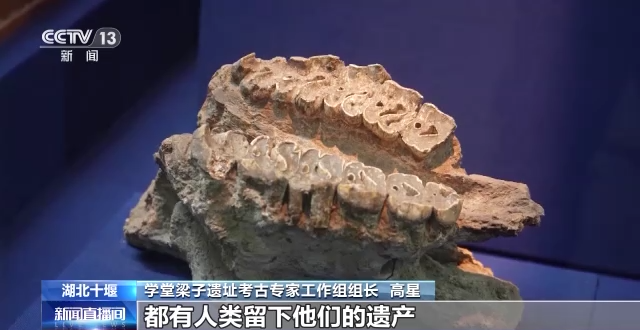
Gao Xing, leader of the archaeological expert working group at Xuetang Liangzi site:The Qinling-Han River area constitutes a corridor of human origin and evolution. From more than two million years ago to tens of thousands of years ago, even thousands of years ago, humans left their legacy in this area. At that time, our ancestors were raised, and we are still raising today’s human beings.
Archaeological discoveries, looking at tens of thousands of years, allow us today to have a deep understanding of the millions of years of human history, 10,000 years of cultural history, and 5,000 years of civilization history that took place on the land of China.
In the field of prehistoric civilization research, archeology in 2022 found a number of new dams at the Liangzhu site in Zhejiang more than 5,000 years ago. Together with the 11 known dams, they constitute the earliest mature water conservancy system in the world known so far. , These discoveries are enough to rewrite history. Multiple archaeological results show that Liangzhu has entered a civilized society from a barbaric prehistory.
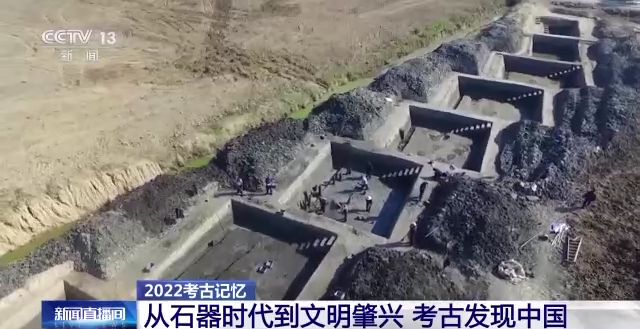
The Shimao site in Shaanxi 4,000 years ago is generally considered to be “the eve of the Xia Dynasty”. The archeology in 2022 focused on the core area of the site, and discovered the highest-level cemetery in Shimao culture—Huangchengtai cemetery, which proves that Shimao has entered the early state form. In the supplementary excavation of the southwest corner of Dataiji, 10 stone carvings were found, especially the arc-shaped stone carvings embedded in the corners. The giant relief statues make people full of reverie about this prehistoric “stone city”.
Finding the “lost” Xia Dynasty for thousands of years has been the long-cherished wish of Chinese archaeologists throughout the ages. The Erlitou site in Henan more than 3,000 years ago is generally believed by academic circles to be the capital of the late Xia Dynasty. In the archeology in 2022, pottery relics were discovered in the middle of the northern edge of the site, and a workshop for processing bones and horns of nearly 100 square meters was found in the southwest corner of Miyagi City. In order to prove that the Erlitou site was the Xia capital, additional physical evidence was added.

Zhao Haitao, associate researcher at the Institute of Archaeology, Chinese Academy of Social Sciences:In addition, a workshop suspected of processing lacquerware was found. Various handicraft industries are a very important foundation for supporting the operation of a capital and a settlement.
Chen Xingcan, a researcher at the Institute of Archaeology, Chinese Academy of Social Sciences:More remains of workshops have been discovered, which has confirmed its function as a capital city, and more than we have to know in the past.
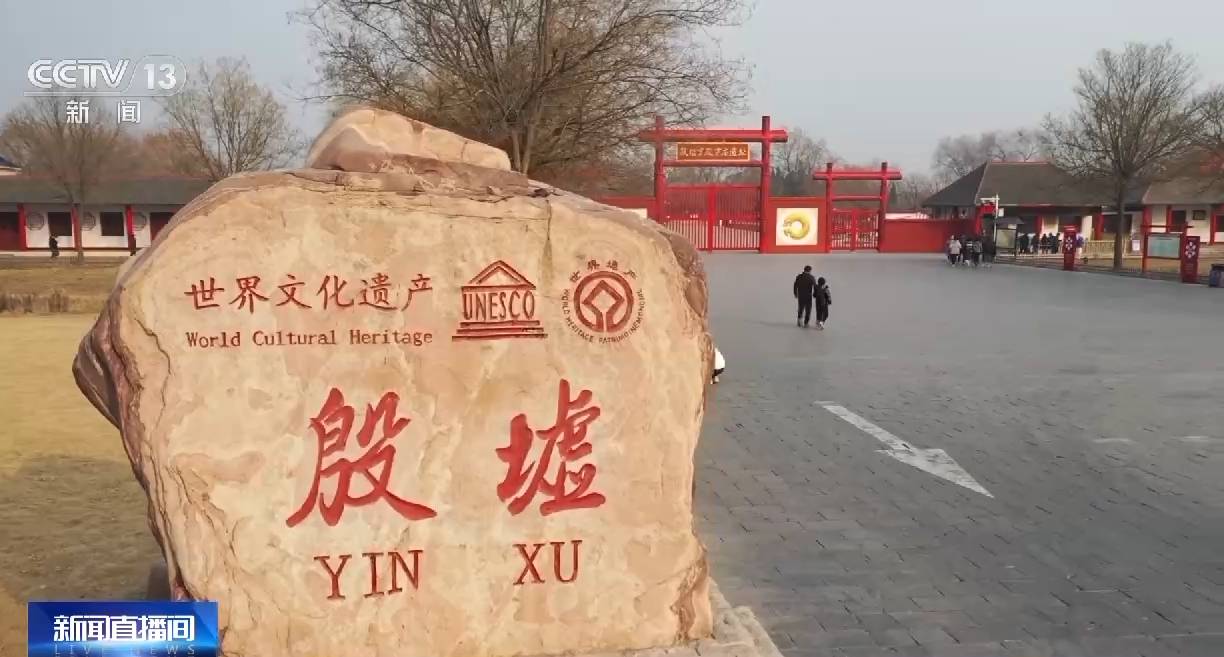
From civilization exploration to Chinese history, Yin Ruins has become a benchmark for archaeological career. The archeology in 2022 confirmed that a large pond garden was newly discovered in the Yinxu palace and ancestral temple area, covering an area of more than 60,000 square meters. A new cobblestone road with a width of 14 meters was discovered, and the urban block of Yinxu is ready to emerge. The excavation of the Xindian, Taojiaying, and Shaojiapeng sites on the outskirts of the Yin Ruins expanded the scope of the Yin Ruins from 36 square kilometers to hundreds of square kilometers. About 150,000 oracle bones from the Yin Ruins have been discovered so far, which advances the upper limit of China’s authentic history by about a thousand years. The series of discoveries further revealed to us the glorious Yin Shang era in the early development stage of Chinese civilization.
Feng Shi, a researcher at the Institute of Archaeology, Chinese Academy of Social Sciences:Oracle bone inscriptions record the most important issues in the history of the Shang Dynasty.
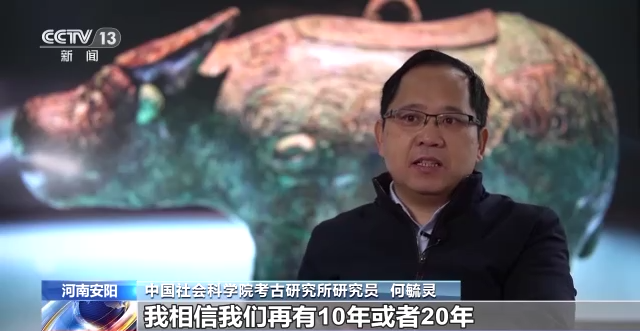
He Yuling, researcher at the Institute of Archaeology, Chinese Academy of Social Sciences:I believe that in another 10 or 20 years, our understanding of the entire Yin Ruins will be greatly improved. Let’s make it clear bit by bit, and fix the starting point of Yin Ruins in the late Shang Dynasty first, then we can go back five thousand years to see what a characteristic of civilization is.
Archaeological Interpretation of Diversity and Unity of Chinese Civilization
The State Administration of Cultural Heritage recently announced that in 2022, our country will systematically implement 18 major “archaeological China” projects. Let’s take stock of the new archaeological discoveries from the frontier to the Central Plains, and explore the answer to the era of “Why China”.
As soon as 2022 was entered, the State Administration of Cultural Heritage held a major project work meeting on “Archaeology in China” and announced the latest developments in four Tibetan archaeological projects, including the Qiere site, the Manhao site, the Gebu Sailu site, and the Dangxiong cemetery. ten thousand years. “Cutting” stone “knives”, ranging from a few millimeters to a few centimeters in size, archaeological discovery of tools used by hot people 10,000 years ago, ancient human migration from North China to the Qinghai-Tibet Plateau in the Stone Age, this disappearing historical puzzle, It is also expected to be enriched by this. Fish and other animal bones, as well as burnt charcoal, etc. have been discovered in succession at the Mahaojiao site, gradually revealing the picture of human fishing and hunting life on the Qinghai-Tibet Plateau more than 4,000 years ago. More than 200 pieces of glazed sand beads were unearthed at the Gebusailu site more than 3,000 years ago, and the technology may have originated from Egypt. This discovery preliminarily shows that in the early Shang Dynasty, my country’s Tibet region had exchanges and interactions with surrounding civilizations. The high-level tombs of the Tubo period discovered in Dangxiong, Lhasa, unearthed black and white stone chess pieces, and Tang-style “ochre-faced” pottery, etc., show the close cultural exchanges between Tubo and the Tang Dynasty, and have become an important demonstration of the exchanges and integration of various ethnic groups. .
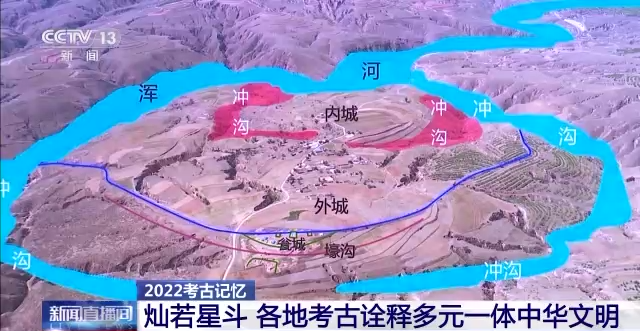
Archeology in 2022 found and confirmed the city layout of the inner city, outer city, urn city and outer urn city at the Shicheng site in Houchengzui, Inner Mongolia. It has the most complex and complete triple defense system in the Longshan era, providing a basis for the study of prehistoric city defense in the northern region. new clues.
Archeology in 2022 found and confirmed more than 500 clay seals including “Yizhou Taishou Zhang” at the Hebosuo site in Kunming, Yunnan. In more than 200 bamboo slips, words such as “Traveling in a Pavilion by Dianchi Lake” and “Jianling County” were identified , to confirm the records about “Ancient Dian” in “Historical Records”.
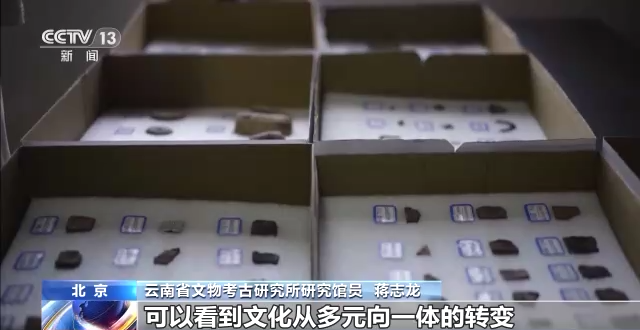
Jiang Zhilong, research librarian of Yunnan Provincial Institute of Cultural Relics and Archeology:The bamboo slips and the seals can be mutually confirmed, showing that our central government exercised effective jurisdiction over Yunnan during the Western Han Dynasty, and we can see the transformation of culture from pluralism to unity.
From the frontiers to the Central Plains, from the remains of prehistoric humans to the prosperity and development of a unified multi-ethnic country, through archaeology, cultural relics have been found everywhere on the land of China, showing that the Chinese civilization is as brilliant as a star.
In the archeology in 2022, more than 200 pieces of bronze ritual weapons, jade, gold, shellfish coins and other artifacts were unearthed in the cemetery of the Shang Dynasty in Shuyuan Street, Shangdu, Zhengzhou, Henan, especially a “gold-covered face” weighing about 40 grams. The gold content is as high as 88%, which provides new reference materials for finding the source of gold masks and gold decorations that appeared in Southwest my country such as Sanxingdui.
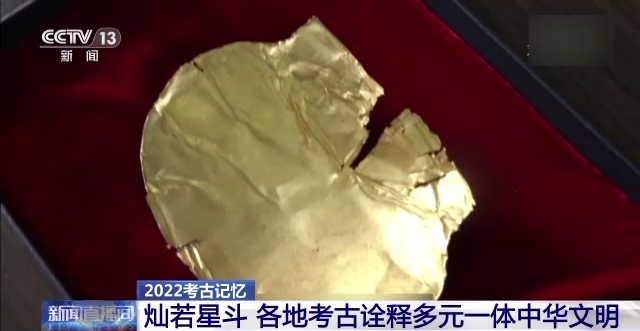
The archaeological results of the Zhouqiao and Bianhe ruins in Kaifeng, Henan will be officially announced for the first time in 2022. There is a huge picture scroll carved on the stone wall mooring discovered in the Song Dynasty. On the stone wall with a total height of about 3.3 meters and a total length of 30 meters, four groups of patterns are embossed. Each group of patterns consists of a seahorse, two cranes, and auspicious clouds. , which has become the largest stone mural in the Northern Song Dynasty discovered in China. In terms of scale, subject matter and style, it represents the highest standard of stone work system and the highest level of carving technology in the Northern Song Dynasty.
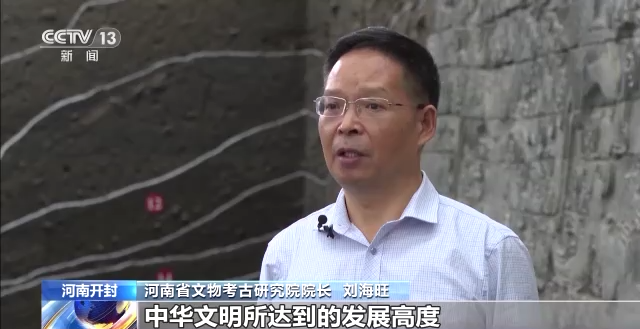
Liu Haiwang, Dean of the Henan Provincial Institute of Cultural Relics and Archeology:It has witnessed the height of development of Chinese civilization from the 10th to the 12th century, and provided a wealth of archaeological materials for the study of Tokyo City in the Northern Song Dynasty, the capital with the highest level of economic and cultural development and the largest scale in the world at that time.
The archeology in 2022 found and confirmed the water and land city gates, wharves, stilt-style buildings, and 2 sunken ships and other relics in the Shuomen ancient port site in Wenzhou, Zhejiang Province, where the Song and Yuan cultures were the main body. Longquan celadon from Jizhou kiln, black glazed porcelain from Cizhou kiln from Jizhou kiln, and shadow celadon from Jingdezhen. Many kiln mouth porcelains gathered here, reflecting the prosperity of Wenzhou Port at that time with “thousands of furniture and boats at the foot of the city, hundreds of Cantonese, three Wus and one reed”. .
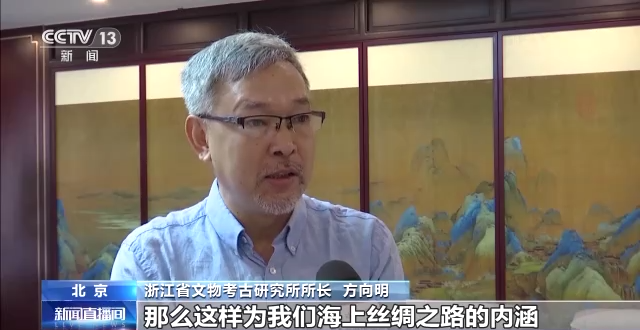
Fang Ming, director of the Zhejiang Provincial Institute of Cultural Relics and Archeology:This series of discoveries is a whole, injecting complete content into the connotation of the Maritime Silk Road.
At the meeting of the National Bureau of Cultural Relics held recently, the State Administration of Cultural Heritage stated that in 2023, the Chinese Civilization Exploration Project, frontier archeology and historical research will be included in the work priorities, and the Xia and Shang civilization research projects will be planned, and the cave temples, covered bridges, etc. will be implemented. The protection of cultural relics such as murals and colored sculptures continues to make efforts to discover China through archaeology and explain the development of Chinese civilization from a trickle to a confluence of rivers.
Technological archaeology is in the ascendant, helping Chinese archaeology enter the golden age
From the traditional “hand-shovel release of heavenly scriptures” to various “black technologies” showing their talents, in the past year, technology has become a new driving force for archaeological development. In 2022, Erlitou in Henan, Sanxingdui in Sichuan, and Shengbeiyu in Zhangzhou will continue to achieve new research results, all of which are inseparable from the help of scientific and technological archaeology.
On the first day of the new year of 2023, the Sichuan Institute of Cultural Relics and Archaeology announced that in a new round of excavation at the Sanxingdui site, two star cultural relics were unearthed from pits No. 3 and No. 8. The bronze mythical beast was successfully combined. At present, the bodies of these two cultural relics have not been repaired. The reason why they can confirm the success of the matching is entirely relying on their digital 3D models, and they have completed the task of combining them exactly.
The sanxingdui archaeological site, which has attracted much public attention, is blessed with technology everywhere. The conjoined “archaeological cabin” has constant temperature and humidity to ensure the minimum intervention in the environment after the cultural relics are excavated. For the excavation of cultural relics, sound and photoelectric intelligent equipment transmits cultural relic information to experts in real time for online “consultation”; organic laboratories, inorganic laboratories, emergency analysis laboratories, micro-trace emergency protection laboratories, etc. were moved to the excavation site to realize The first-time protection and research of unearthed cultural relics, as well as 24-hour recorded high-definition images allow every moment of excavation to be checked at any time.
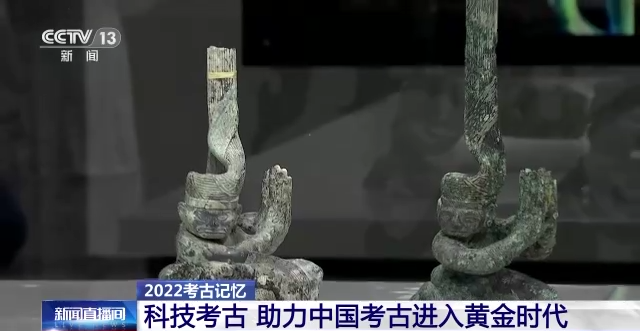
Archeology has in-depth cooperation with natural sciences, humanities and social sciences, and more than 30 units have participated in it. Animal and plant archaeology, environmental archaeology, isotope analysis, microtrace analysis, physical anthropology, and carbon 14 dating, etc., precious excavated samples are fully shared in different research fields.
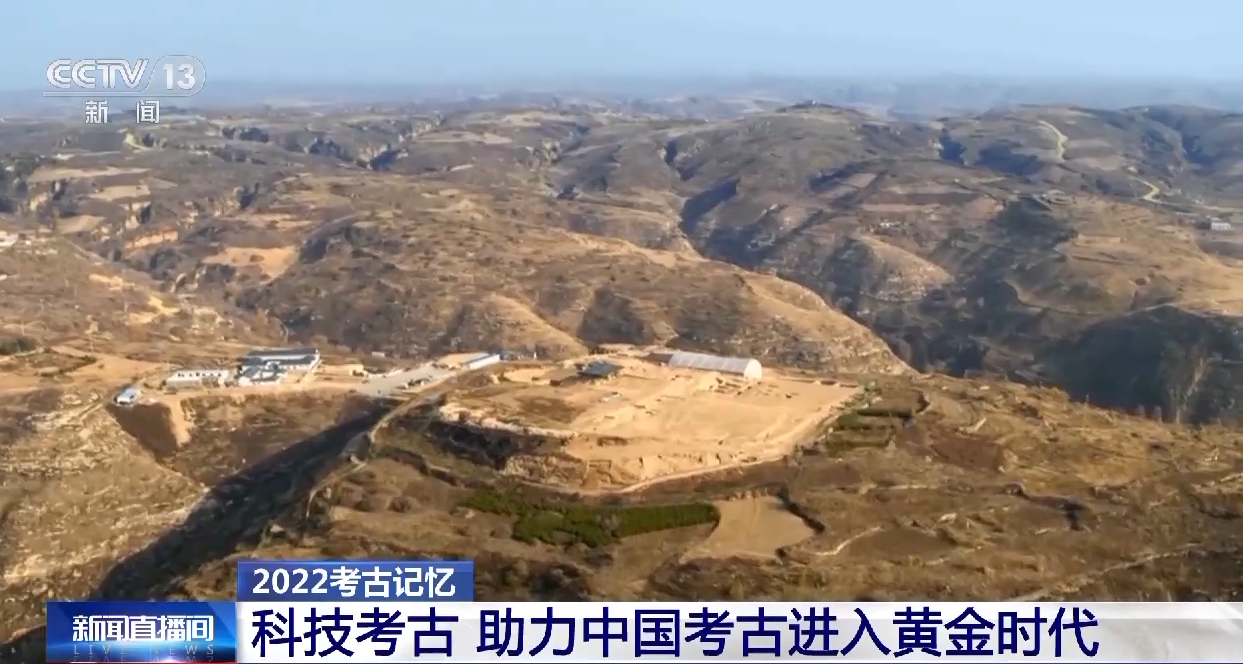
On a mountain in Taiyuan, Shenmu City, Shaanxi Province, there is a prehistoric stone city with a total area of more than 4 million square meters – the Shimao Ruins. It also found its ancient owner with the help of technology. In 2022, ancient DNA research by Fu Qiaomei’s team at the Institute of Vertebrate Paleontology and Paleoanthropology, Chinese Academy of Sciences showed that the Shimao population mainly originated from the early local population in northern Shaanxi, and has the closest relationship with the Taosi population located in the southern Shanxi region of the middle reaches of the Yellow River. maternal genetic link. In other words, the roots of the Shimao people are in northern China, and they continued from the late Yangshao culture about 5,000 years ago.
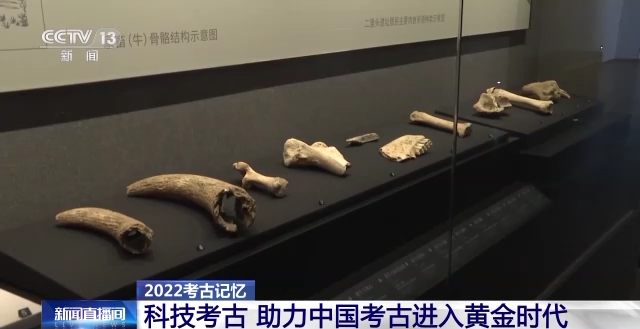
The vicissitudes of life have turned into mulberry fields. The core area of Chinese civilization, what was the prehistoric Erlitou area, mountains, rivers, lakes and seas like? Through environmental archaeology, scholars inferred that Erlitou at that time was surrounded by Mang Mountain in the north and Yiluo River in the south. The climate was humid, the soil was fertile, and the resources of animals and plants were abundant. Recipe: The meat is mainly pork, and the staple food is millet. Branch disciplines such as molecular bioarchaeology continue to grow, and science and technology help archaeology to develop in a refined and in-depth manner, and interpret the information left by the ancients in multiple dimensions.
Interdisciplinary research and multidisciplinary cooperation have become the norm. Frontier disciplines such as physics, chemistry, biology, geology, atmospheric science, and environmental science have been “jointly named” with archaeology, and are widely used in archaeological investigations and surveying and mapping. The underwater archeology team used multi-view 3D photography stitching technology to synthesize a high-definition large picture of the underwater ruins. The Yuan Dynasty shipwreck site in Shengbeiyu, Zhangzhou, Fujian. The water depth reaches 30 meters, the water is turbid, and the visibility is only within 1 meter. Multi-view 3D imaging is similar to aerial photography in water. It needs to set the route and shooting density, and each photo needs to be overlapped by 30% to 40% to be stitched together.
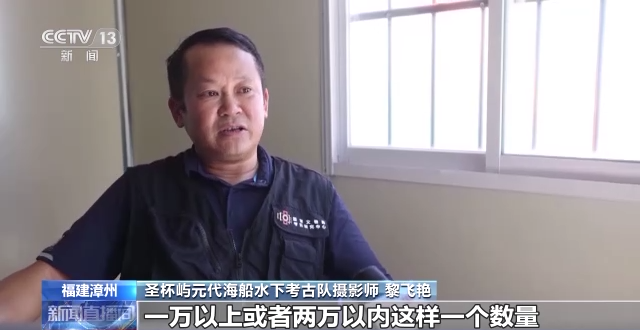
Chalice IslandLi Fei, photographer of the underwater archaeological team of sea ships of the Yuan Dynastycolorful:After multiple dives, the number of photos should reach more than 10,000 and less than 20,000. It should be the first time that such a large area of dozens of square meters of ruins has been photographed at such a depth underwater.
The innovatively developed real-time positioning and monitoring system enables underwater team members to know at a glance where they are working on the seabed, and can also obtain 2-meter-level water flow direction and velocity data in the ruins sea area at the same time, which greatly reduces the risk of diving operations. “Multi-beam bathymetry system”, “side-scan sonar”, “synthetic aperture sonar”, “shallow strata profiler”, “magnetometer” and other marine geophysical equipment are also fully used in underwater archaeological exploration, providing a basis for analyzing the causes of ship sinking and burial Supported by scientific data.
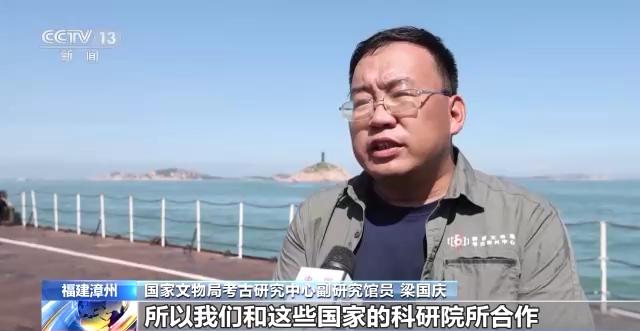
Liang Guoqing, deputy research librarian of the Archaeological Research Center of the State Administration of Cultural Heritage:There are a large amount of cultural heritage that requires us to actively investigate and discover with scientific research and academic purposes, so we cooperate with scientific research institutes in these countries to maximize the use of newer equipment for systematic full-coverage scanning , we hope to embark on a path of active investigation.
Extensive and effective use of scientific and technological archaeological methods has become an important yardstick for measuring the level of a country’s archaeological research in the 21st century. More than 5,000 years have passed like a song, and the Chinese nation is not short of wonderful civilization legends. What we look forward to is the true narration and accurate expression of the long history.
